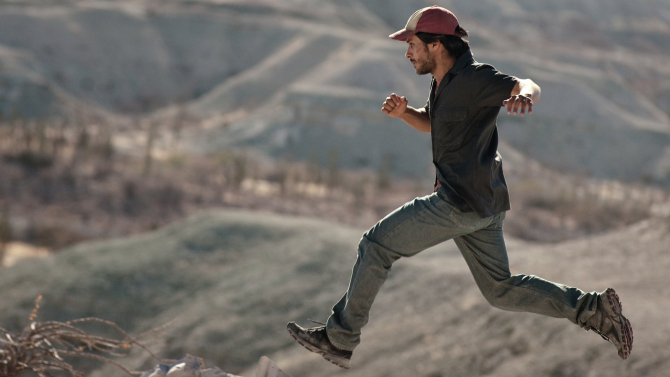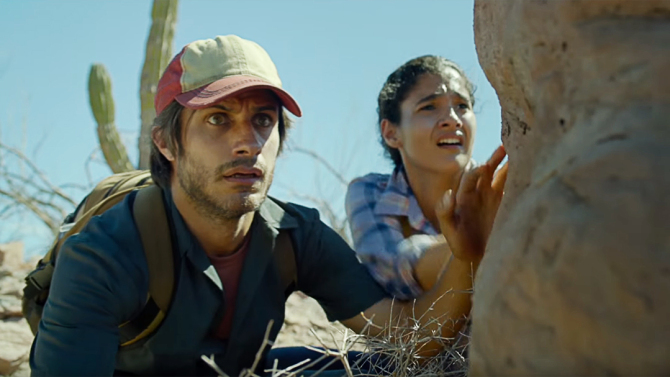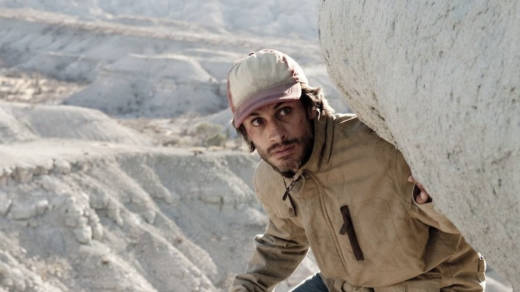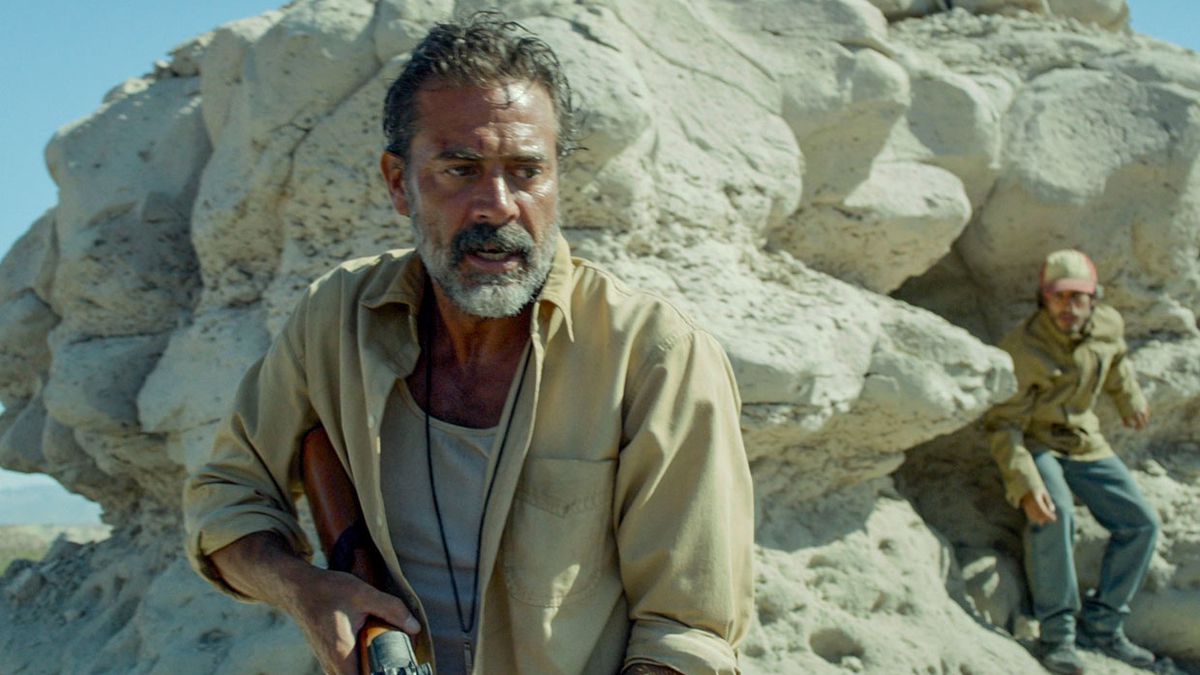How much is a Mexican life worth? Since 2006, there have been 150,000 homicides and 28,000 “disappeared” in Mexico — and 93 percent of violent crimes and homicides have never been prosecuted. On average, Mexicans pay smugglers $2,500 to $5,000 to help them illegally cross the border. Several thousand migrants die each year on their journey into the United States; many have been found buried in clandestine graves, their bones packed in milk crates.
Does the value of a Mexican life change once it enters the United States? For director Jonás Cuarón, whose film Desierto screens May 28 at the Roxie, the answer is yes. Cuarón describes Desierto as a cautionary tale, depicting the dangers migrants might endure to cross our border. But in the film — as in reality — once those migrants enter the United States, the violence they encounter has just begun.

Ultimately, what is the value of a Mexican body? To vigilante groups like the Minutemen or the Texas Border Volunteers, the answer would be: worthless. In order to “defend their land,” groups like these hunt migrants for sport. Ranchers intentionally make their land inhospitable, with electric fences and no safe drinking water, making traversal of the land near-impossible. The Texas Border Volunteers chase the migrants in trucks, many of whom are dehydrated, and have already walked hundreds of miles across the desert, until they collapse from fear and exhaustion and ICE is called to quickly deport them.
When the Texas Border Volunteers find migrants who have died on their land, they take photographs of the bodies, which are often missing limbs or eyes from being scavenged, and hang these photos on their hunting walls: prizes to be remembered, “success stories” to be collected.
So the premise of the thriller Desierto, of Mexican and Central American migrants crossing the border and trying to escape a vigilante who shoots “illegals” for sport, is far from fictional. The view persists in America, dramatized by Desierto’s villain, Sam, that the only good brown person is a dead one.

Eight years in the making, Desierto premiered in 2015 at the Toronto International Film Festival. Gael García Bernal plays the lead character, Moises, a Mexican migrant trying to reunite with his family in California. During filming, Bernal joked with Cuarón that by the time the film was completed, immigration would no longer be a hot-button issue. Cuarón never predicted the film would become even more relevant.




